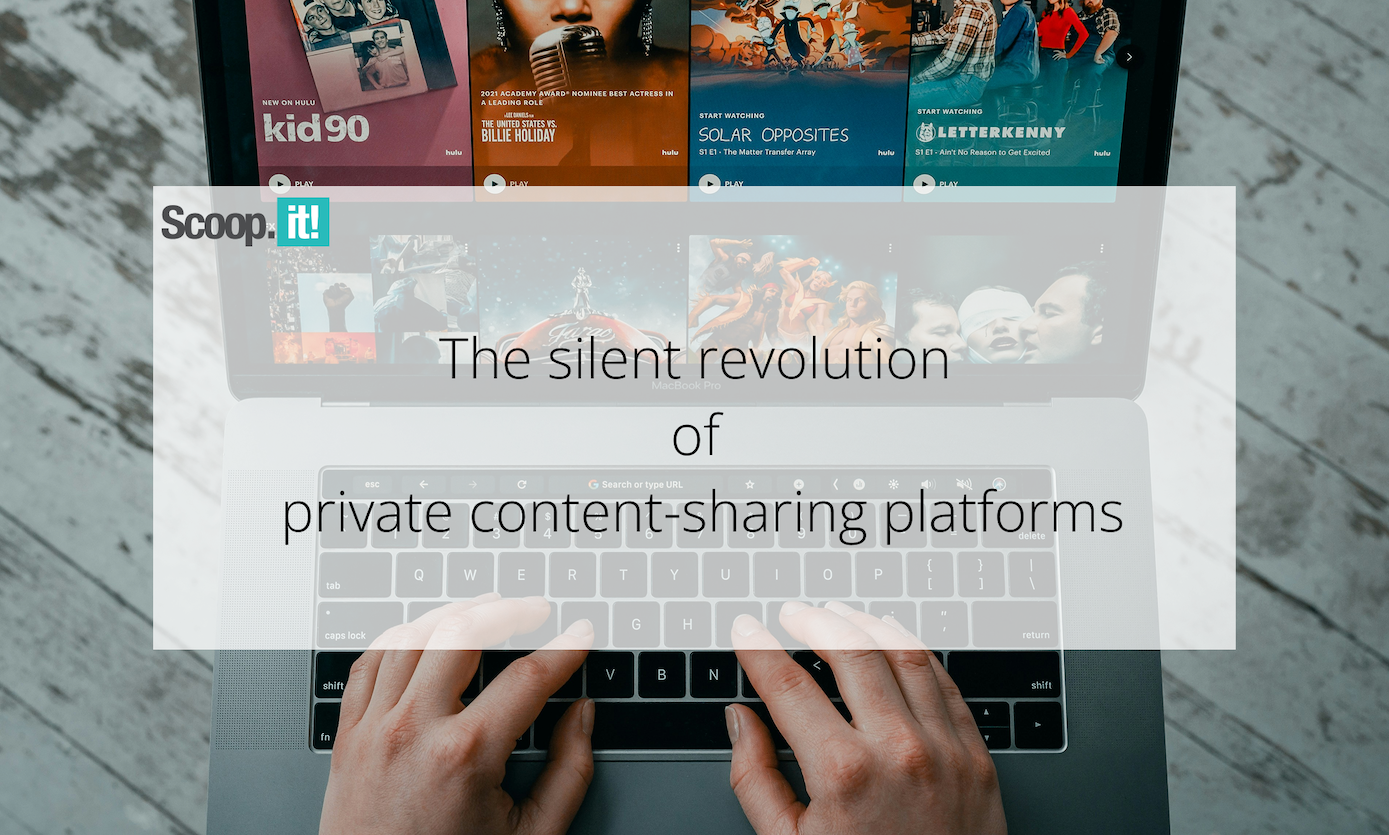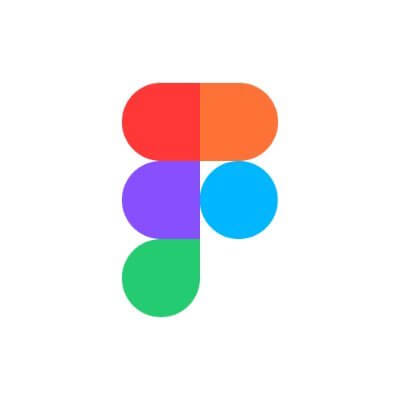How to Deliver Personalized Content to Your Audience Segments
Find out more about the process of creating personalized content and effectively delivering it through relevant channels. The post How to Deliver Personalized Content to Your Audience Segments appeared first on Scoop.it Blog.


Personalization is the key to ensuring that your content performs. One size doesn’t fit all. Each segment that represents your audience has different needs and problems. So, for your content to offer value, it should provide solutions to answer questions in the minds of your audience.
Publishing generic content is like screaming in front of a crowd. You may be able to make the noise, but you won’t be able to convey your message.
Just creating personalized content isn’t enough. You need to work on your delivery mediums as well. There are different communication channels that you can consider for content delivery. You need to identify the ones that work for you.
We’ll guide you through the process of creating personalized content and effectively delivering it through relevant channels.
What is Audience Segmentation?
Before we talk about content personalization and its effective delivery, let’s understand how audience segmentation works.
You segment your audience when you split them into different groups based on different characteristics. There may be different reasons for segmenting your audience.
From the content delivery point of view, audience segmentation helps you deliver personalized messages effectively.
You can classify your target audience into smaller groups based on their demographic characteristics, psychographic characteristics, buying behavior, and needs.
This makes it easier for you to produce quality content personalized to your audience’s preferences and pick the right channels for making the information accessible.
Ensuring Personalized Content Delivery
We just helped you understand how audience segmentation works. Now, let’s help you create personalized content and pick the right channels to deliver it.
Creating Personalized Content
You can’t create personalized content without knowing your audience. You must know the questions your audience is asking in order to provide them with the right answers.
Your goal is to help your audience solve their problems. So, embracing a people-centric approach is a must. You can’t just blatantly promote your offerings and claim that you’re helping.
You need to cater to the pain points of your audience. It’s how you win their hearts and build a relatable brand.
- Leveraging Landing Page Variations
A landing page is best suited to promote your offerings. Creating different versions can help you engage your audience better.
It’s best to create different pages to showcase your capabilities. You can also experiment with tone variations to make your message appeal to different audience segments.
- Personalized Blogs and Resources
You can only target a certain number of keywords with your landing pages. You cannot simply count on them to draw in the right kind of audience. You will be missing out on a lot of business opportunities.
Blogging can help with this. It enables you to address a range of search terms that reflect the issues of various audience segments.
You can also consider building a knowledge base. Here, you publish tutorials or guides to engage the intended segments. Your content helps people solve different problems or leverage the solutions you offer to the fullest.
- Custom Email Content
Personalization isn’t limited to the content you publish on your website. It applies to all audience interactions. So, you must always tailor the messages you send to your audience.
Personalized emails help you engage your audience and convince them to try what you offer. Even doing the little things like leveraging tailored subject lines can significantly improve your open rates.
Think about what you can accomplish when you curate your entire email based on the interests and preferences of different segments representing your email list.
- Tailored Product Recommendations
When you offer personalized product recommendations to your audience, you minimize friction from the buyer’s journey. People often don’t know what they want. So, you make it easy for them to make a smart buying decision.
It’s a proven strategy that ensures audience engagement. You recommend your solutions based on different audience characteristics, making it easier for them to decide. As a result, your audience is more likely to interact with your content and prefer you over other options.
- Personalized CTAs and Offers
You can experiment with different CTAs based on the audience profiles you intend to serve. People may have different expectations. So, you must come up with offers that appeal to the intended audience segments.
You can’t figure things out on a whim. It requires trial and error to see what’s working for you or helps you pique the interest of the intended audience segments.
Channel-Specific Personalization
Not all audience segments may prefer the same channels to interact with you. So, just creating or curating personalized content isn’t enough. You must also pick the right delivery channel.
- Personalized Newsletters
Sending newsletters is one of the most cost-effective and direct ways to communicate with the intended audience.
To convey personalized messages, you should segment your email lists based on your audience characteristics. Plus, you must also tailor your copy to the needs and interests of respective segments for your newsletter campaigns.
You must also look into how you schedule your emails. Not all audience segments follow the same time zone. Moreover, their active timings may vary from one another. So, you must consider these things when scheduling your messages.
- Social Media Posts
People don’t just use social media to interact with their social circle. They use different channels to learn about their preferred brands. Each platform favors a different content format.
Your text-based posts may work well on Facebook, but if you plan on leveraging platforms like Instagram, YouTube, and TikTok, you may have to consider producing visual content.
A well-structured social media calendar can help ensure that your content mix stays balanced, with the right blend of text, images, and video tailored for each platform.
Plus, it goes without saying that the content you publish on the platforms preferred by the intended segments must align with your audience’s needs or interests.
- Targeted Ads
If you plan on leveraging paid advertising, you must ensure that you create separate ad sets for different audience segments. It helps you do pinpoint targeting and get optimal results through your ads.
You should test different ad variations to see which one gives you the best results. Plus, you need to consider ad placement based on the channels your segments prefer.
- Personalized Chat Messages
Another viable communication channel that your audience may choose to reach out to you is chat.
They may send you messages through their preferred social media platforms or interact with you directly through your website’s chat feature.
You can send personalized chat messages by training the integrated chatbots or educating your support teams.
- In-App Experiences
This recommendation is for those who allow their respective audiences to interact with them through an app.
To offer a personalized in-app experience, you must have a simple user interface. This makes it easier for your audience to interact with your app and access useful information.
Plus, you must showcase relevant features based on your audience preferences and display targeted content recommendations.
You’re All Set
If you’ve been wanting to know how you can deliver personalized content to different audience segments, now you do.
We covered everything you need to know about audience segmentation and provided you with useful strategies that can help you ensure personalized content delivery.
Our recommendations will help you boost your engagement and effectively interact with diverse audience segments.
The post How to Deliver Personalized Content to Your Audience Segments appeared first on Scoop.it Blog.
![]()





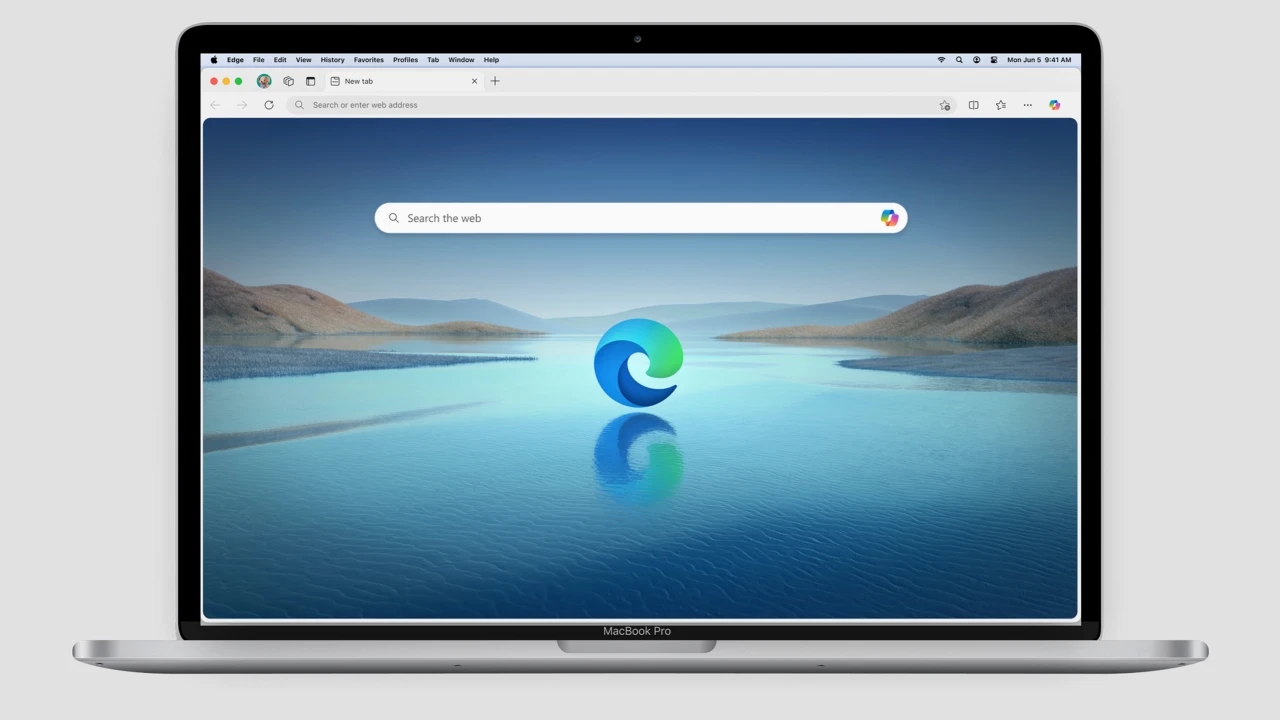
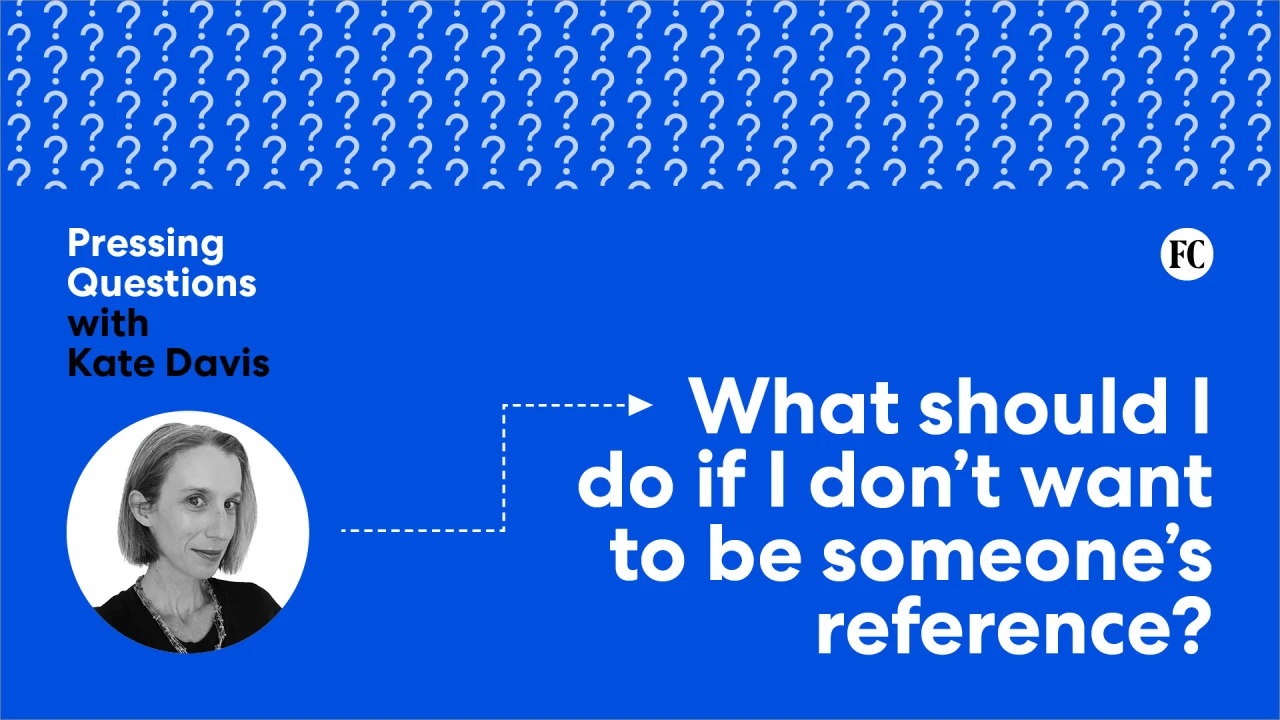
























































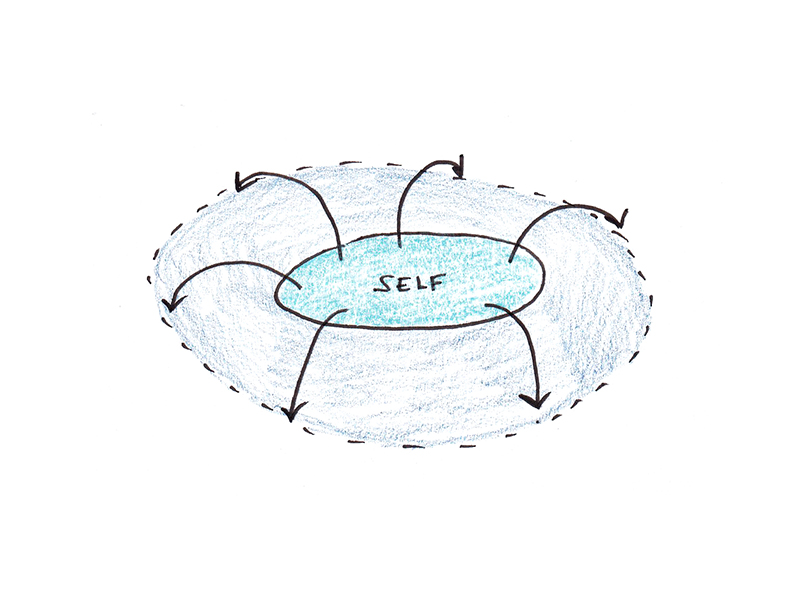



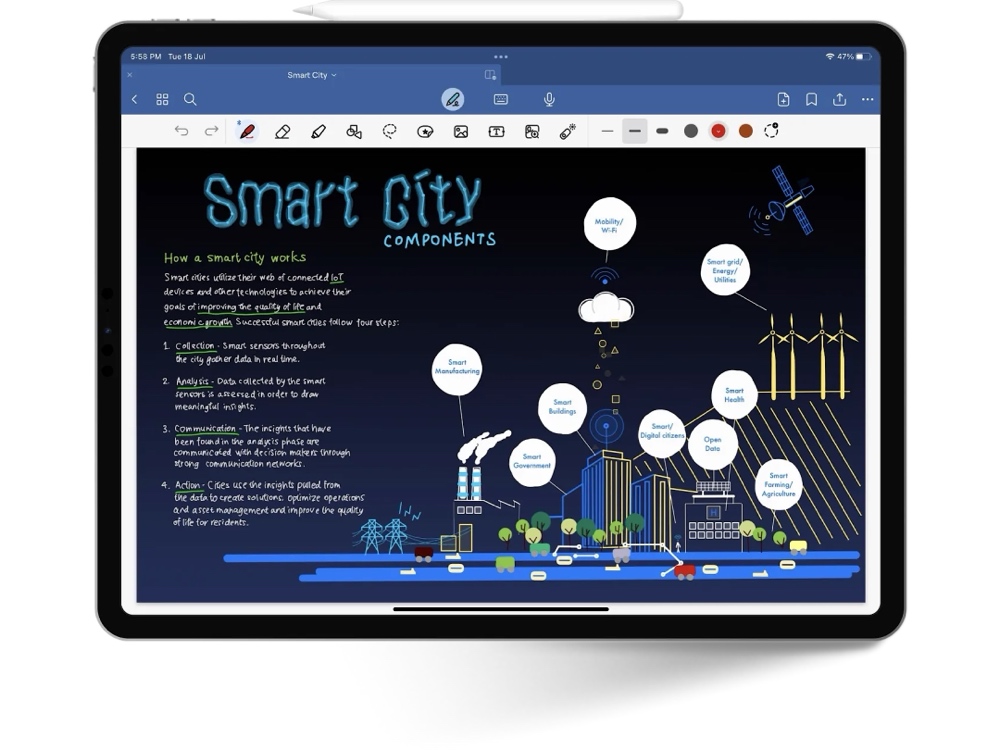

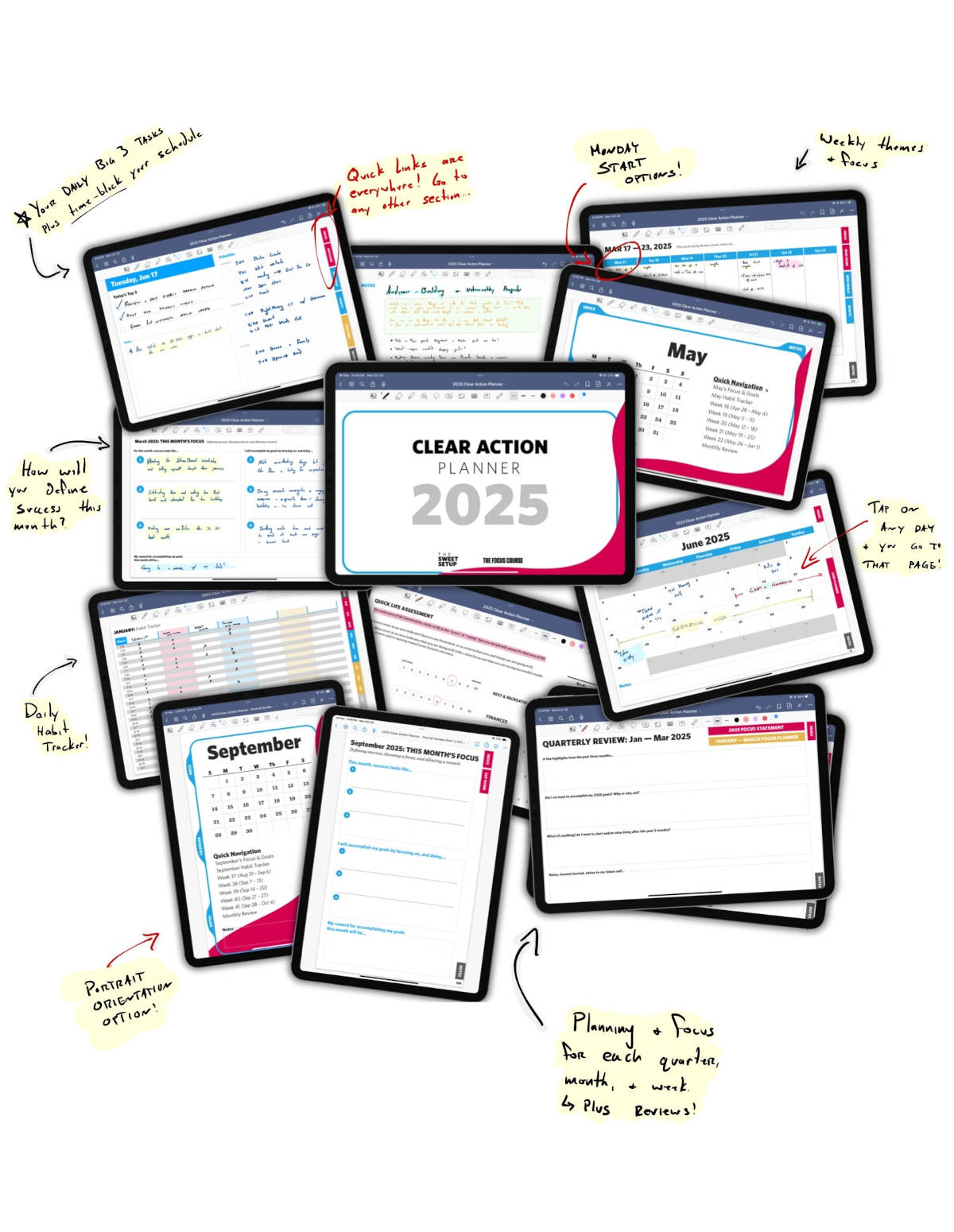









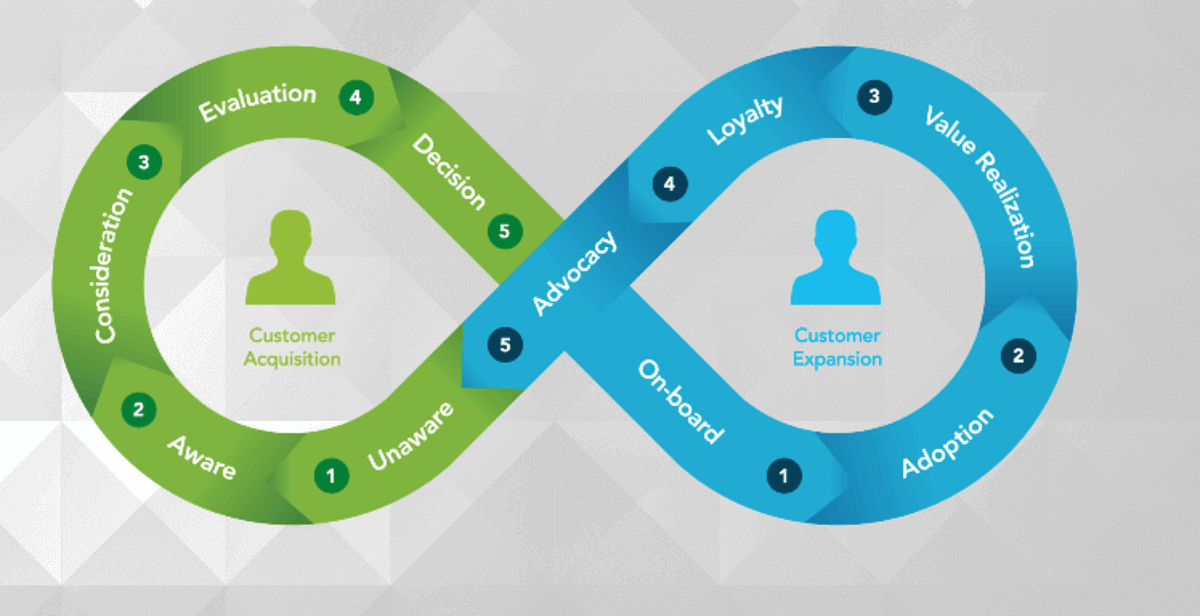
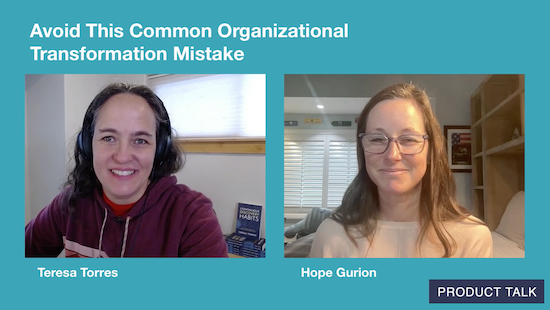
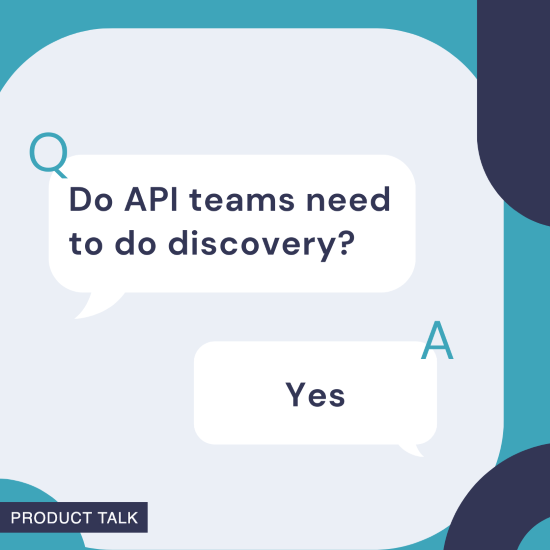
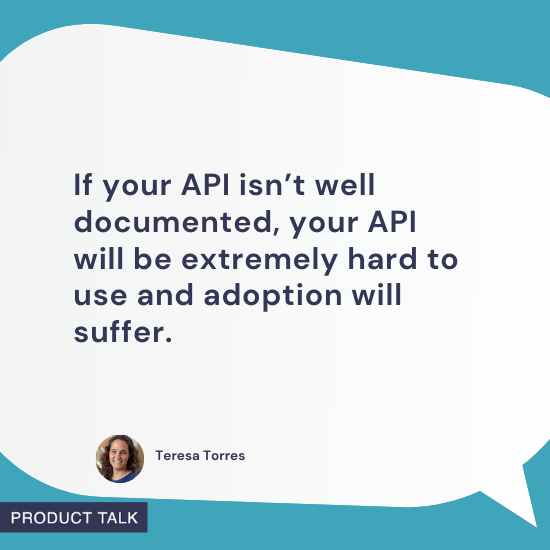
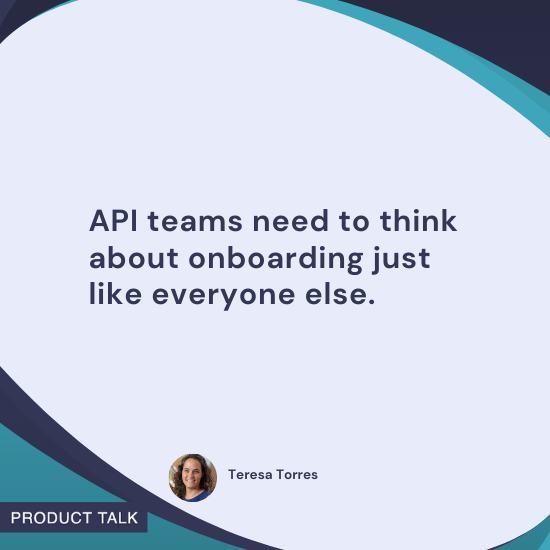



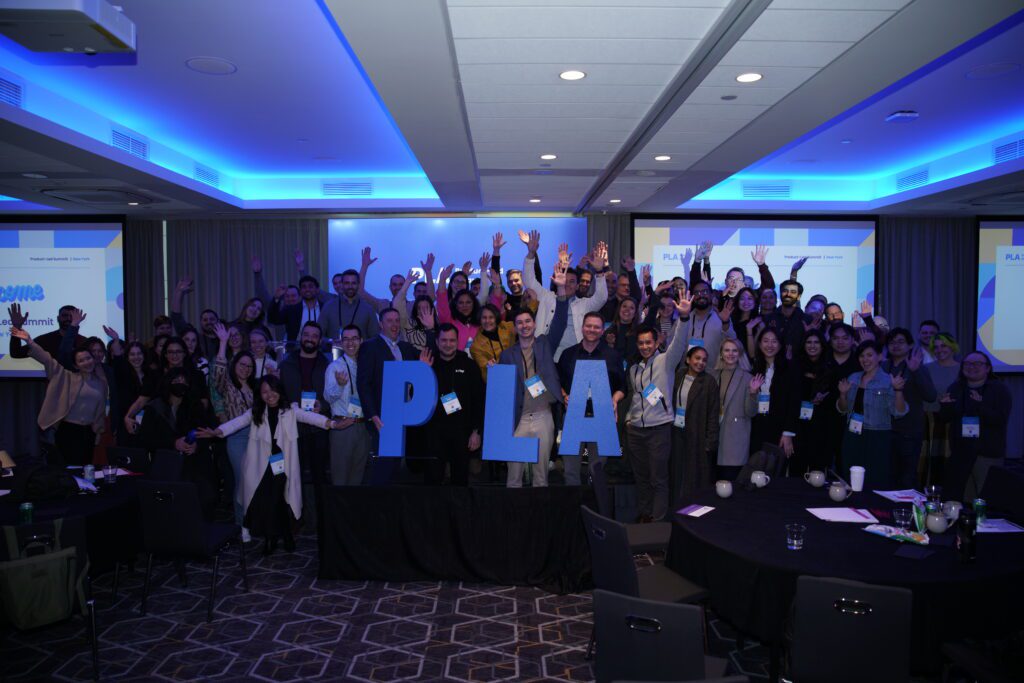









![Building A Digital PR Strategy: 10 Essential Steps for Beginners [With Examples]](https://buzzsumo.com/wp-content/uploads/2023/09/Building-A-Digital-PR-Strategy-10-Essential-Steps-for-Beginners-With-Examples-bblog-masthead.jpg)


















